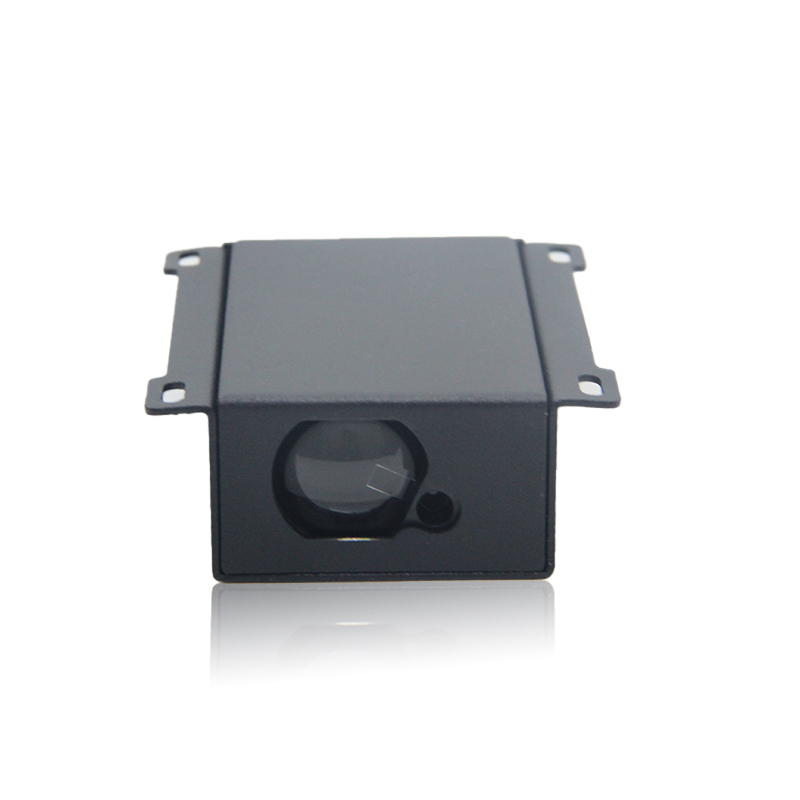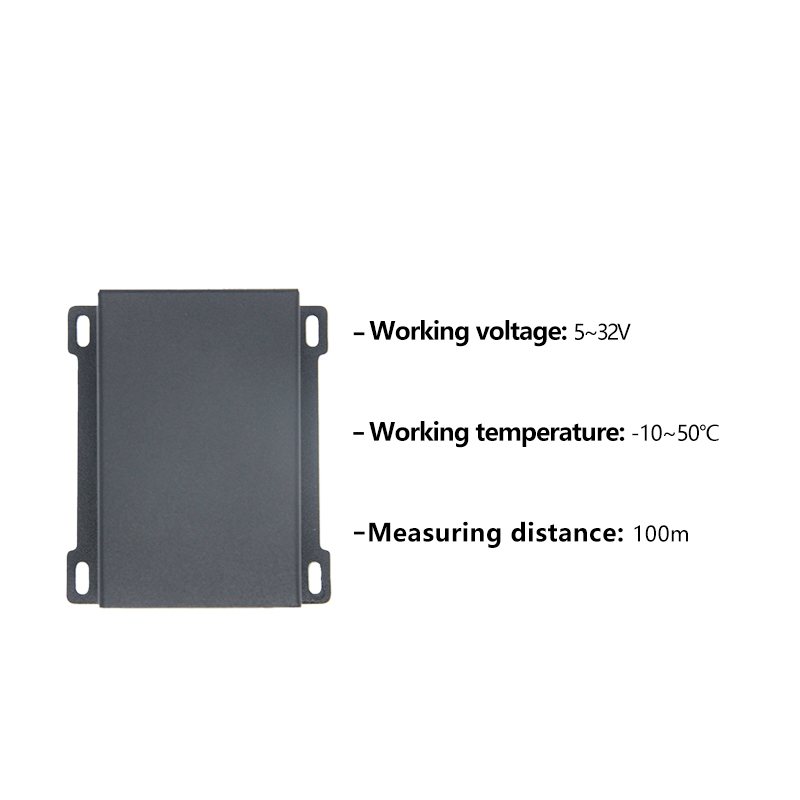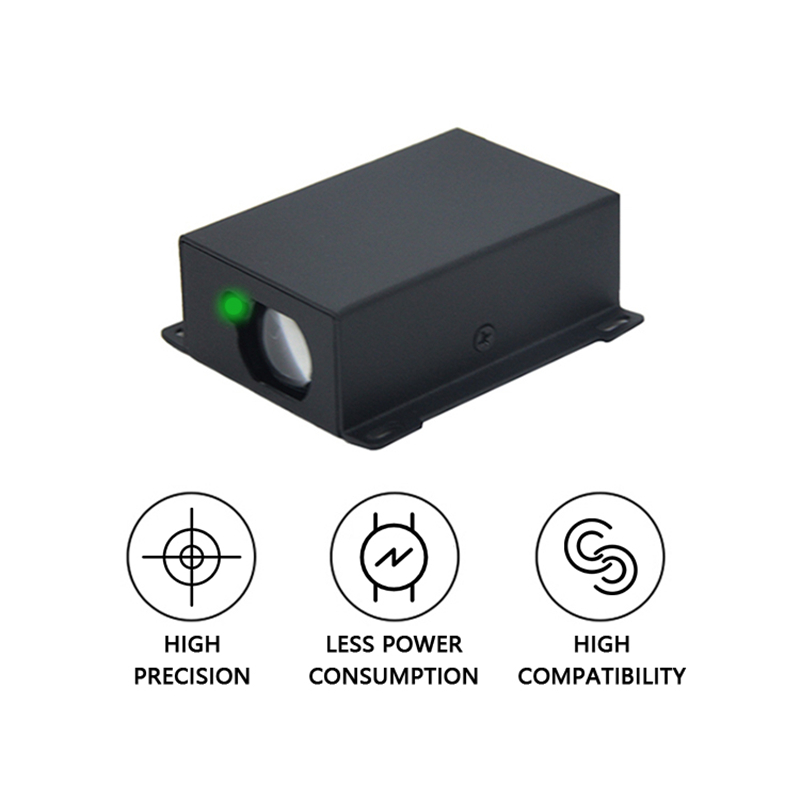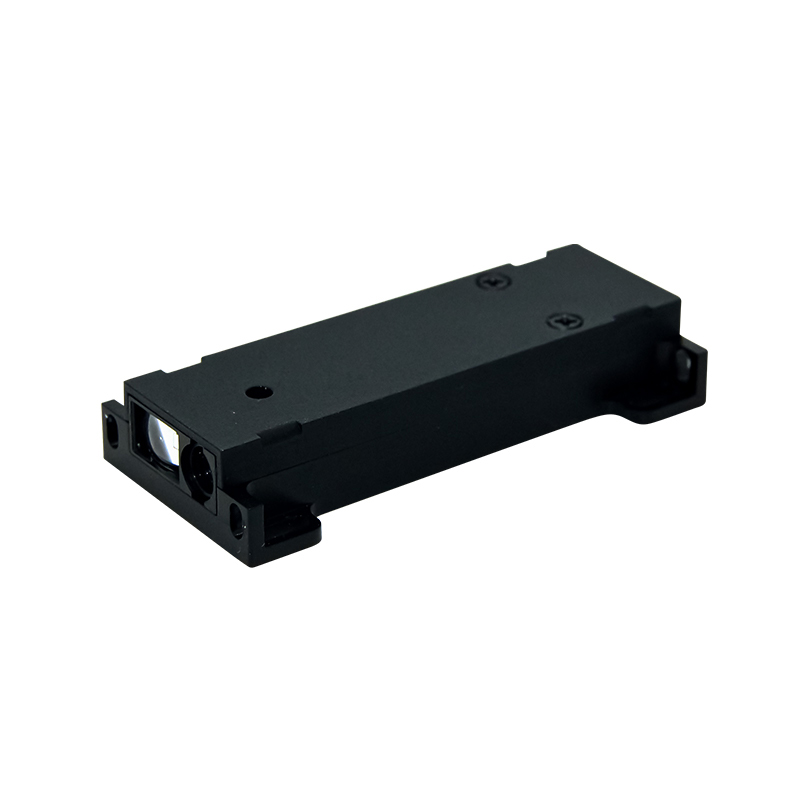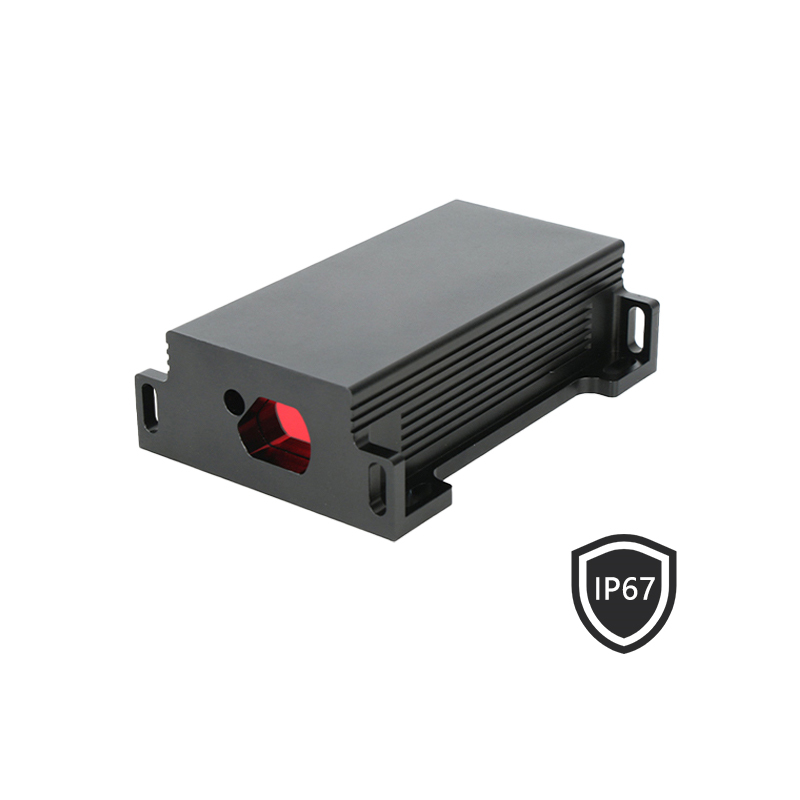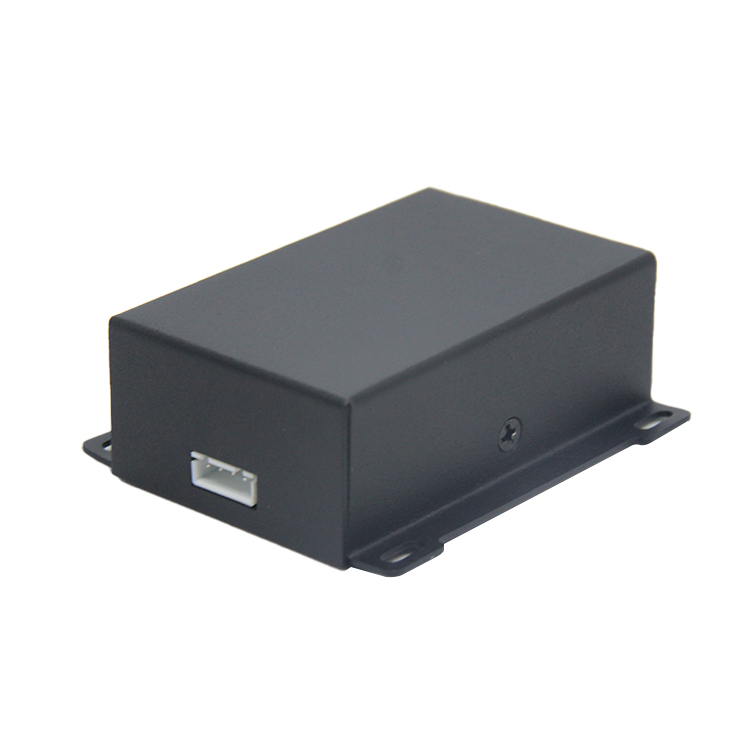
Products
20Hz High Speed Laser Rangefinder Sensor Millimeter Accuracy
Product Introduction
The high-frequency and high-precision high speed distance sensor can measure the distance between the target object and the sensor at a frequency of 20 times per second, and send the measurement results to other devices through the RS485 interface for data communication and control. The measurement range is 100m/150m, and millimeter-level high-precision measurement can meet the needs of many application fields, such as robot navigation, automatic driving, industrial automation, drones, warehousing logistics, security monitoring, etc. If you need to measure moving objects or high-response projects, you can learn about this 20Hz Tof laser range sensor.
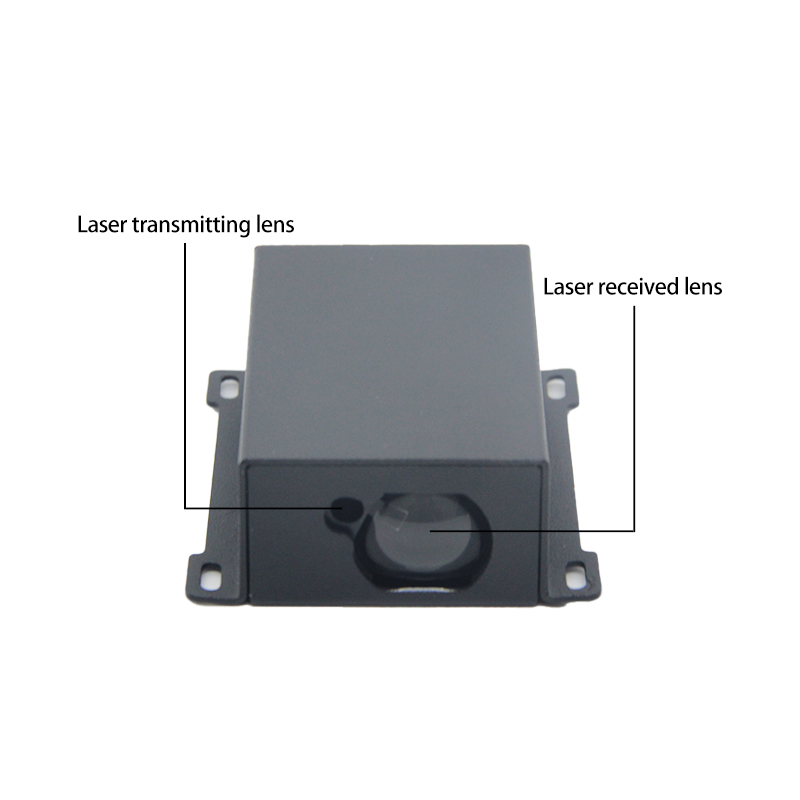
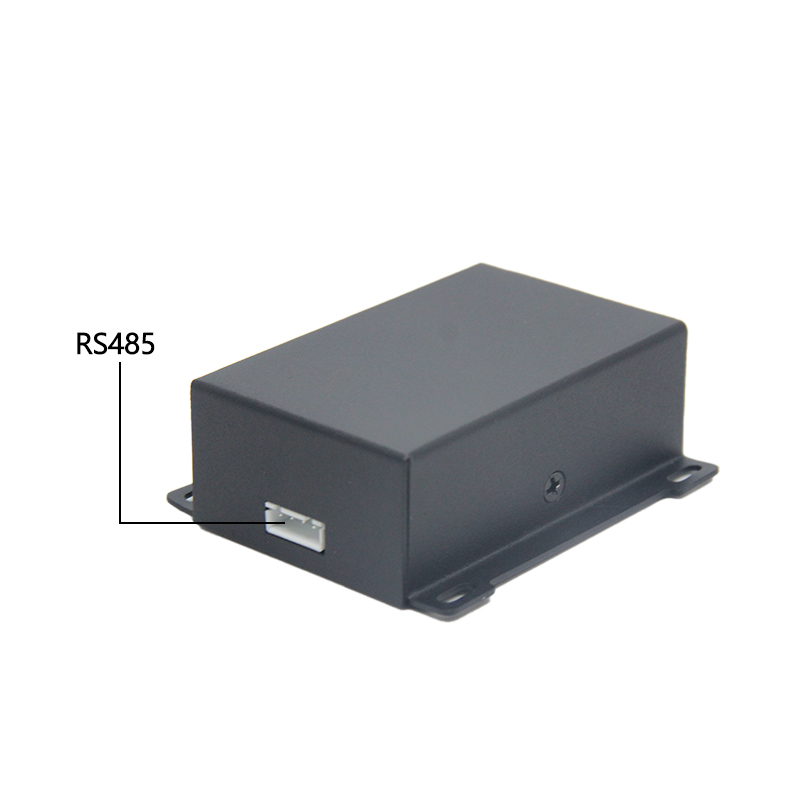
Parameters
| Model | B95A2 |
| Measuring Range | 0.03~100m |
| Measuring Accuracy | ±2mm |
| Laser Grade | Class 2 |
| Laser Type | 620~690nm,<1mW |
| Working Voltage | 5~32V |
| Measuring Time | 0.04~4s |
| Frequency | 20Hz |
| Size | 78*67*28mm |
| Weight | 72g |
| Communication Mode | Serial Communication, UART |
| Interface | RS485(TTL/USB/RS232/ Bluetooth can be customized) |
| Working Temperature | 0~40℃(Wide temperature -10~50℃ can be customized, Suitable for more harsh environments) |
| Storage Temperature | -25℃-~60℃ |
Notice:
1. Under bad measurement conditions (such as the ambient light is too strong, the diffuse reflection coefficient of the measured point is too large or too small),
There will be a large error in the measurement accuracy: ±3mm+40PPM.
2. In the case of strong sunlight or poor reflection of the target, please use the target board.
3. If the working range needs to be -10C°~50C°, it needs to be customized.
Product Details
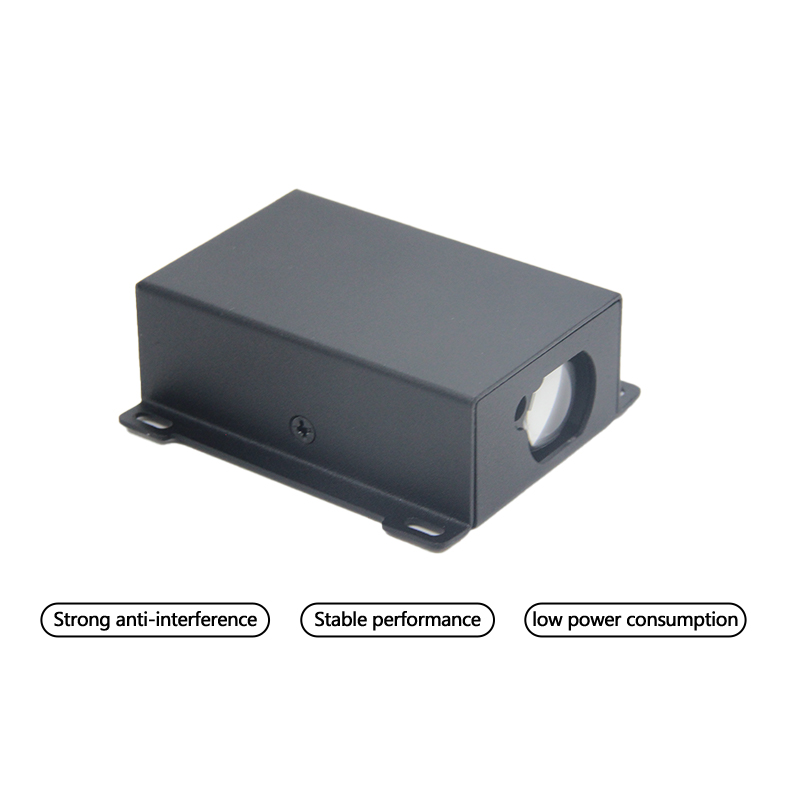
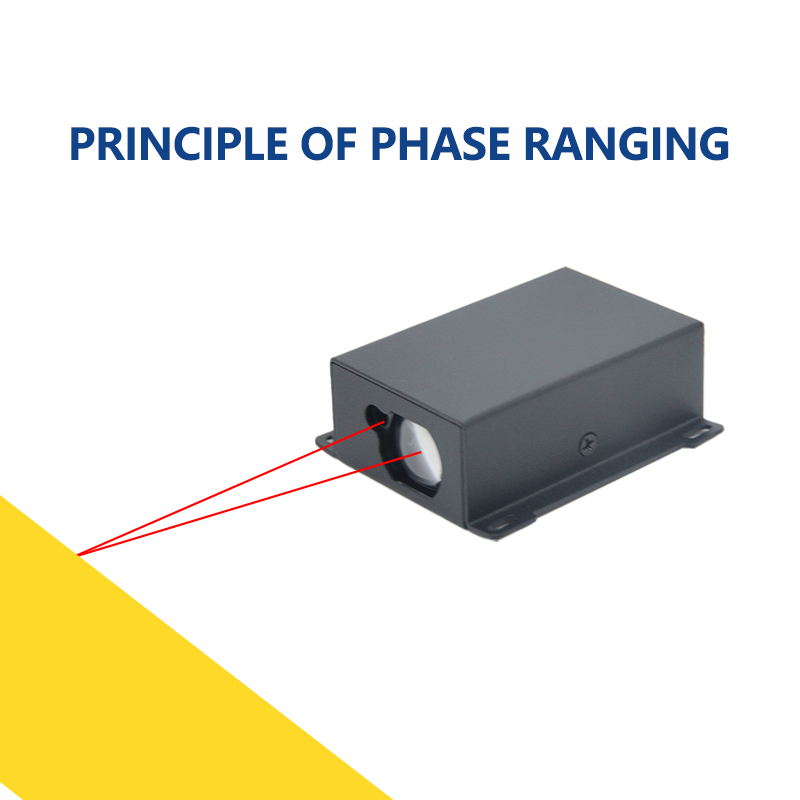
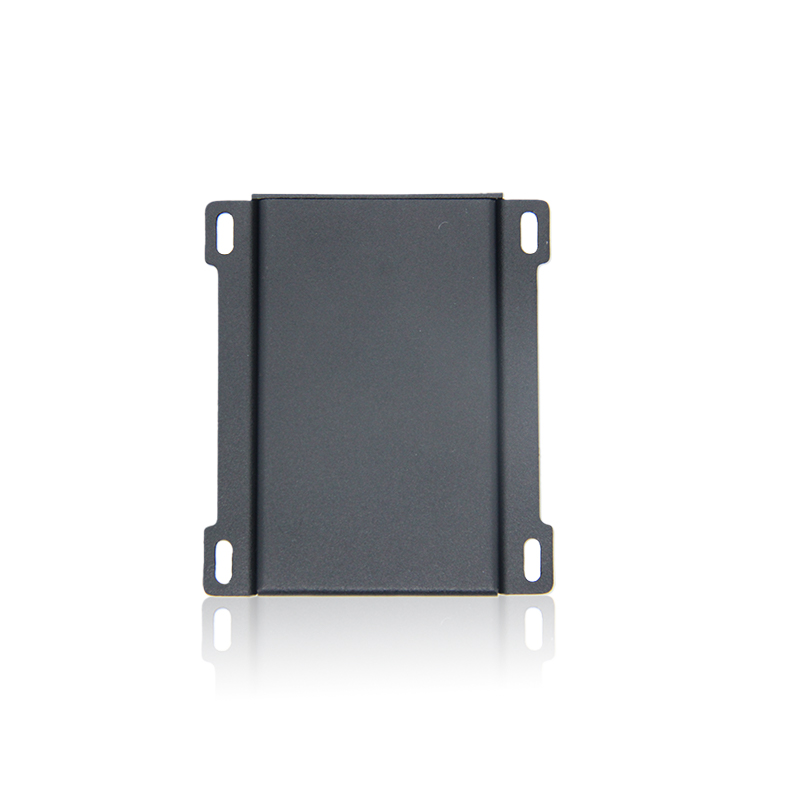
Operation Protocol
USART Interface
l Baud rate:Auto Detect (9600bps ~115200bps recommend) OR Default 115200bps
l Start bits:1 bit
l Data bits:8 bits
l Stop bits:1 bit
l Parity:none
l Flow control:none
Application
Seakeda telemetre laser is widely used in intelligent transportation, robotics, material level detection, security early warning and other fields due to its high precision, multi-range, easy integration and other excellent performance.
For more applications of laser distance sensors, please check "Applications" or contact us.
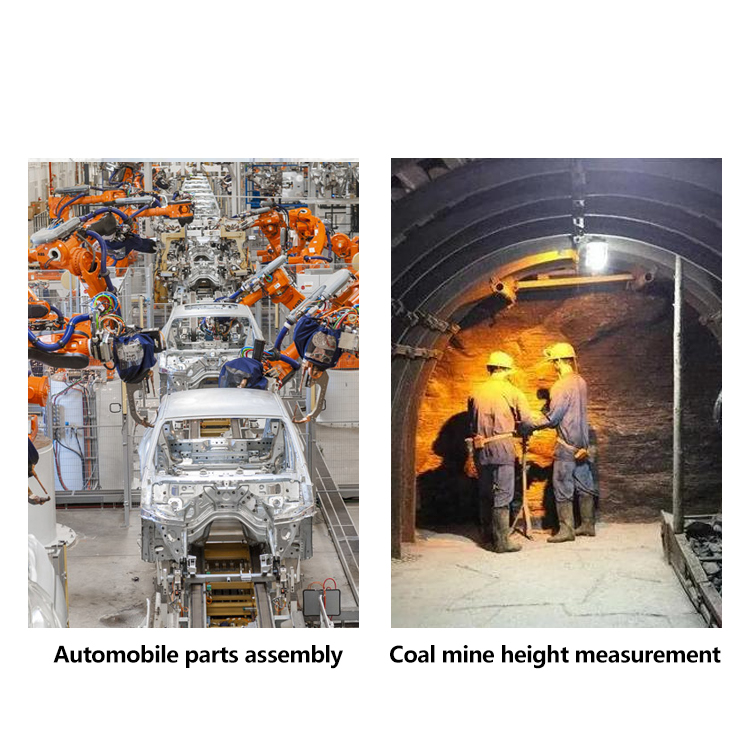
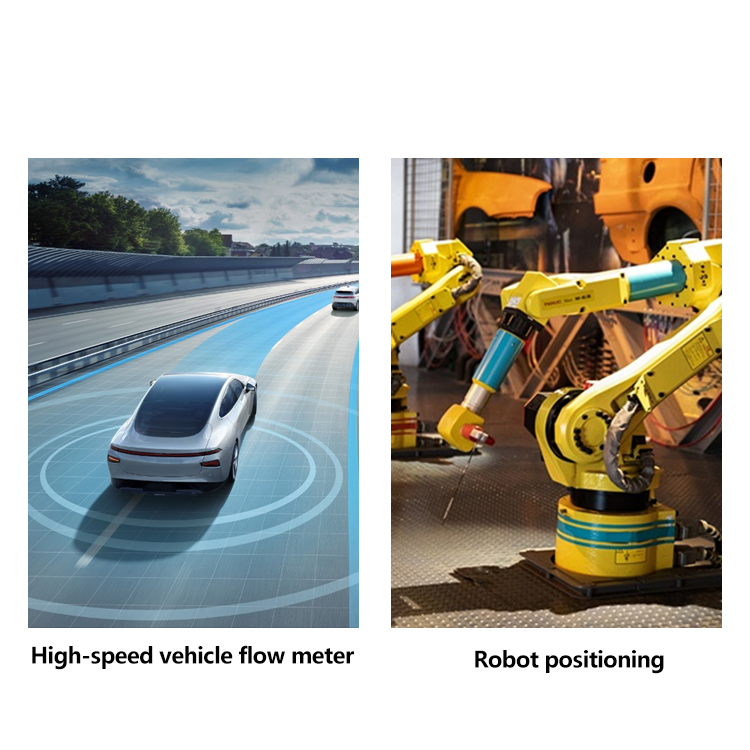

FAQ
1. Do we need to put a “pull-up” resistor on the rangefinder sensor ENABLE pin?
No. Do not need to add pull-up" resistor. Because the RS485 board has built-in pull-up resistors.
2. What's the difference between fast measure command and slow measure commands of laser range sensor?
Excite slow command, distance read for higher accuracy; Excite fast command, distance read for lower accuracy, but higher speed.
3. Like using connecting wire we can connect sensor with any of Arduino/raspberry pi analog input and then start working?
If your raspberry pi/Arduino has USB/RS485/RS232/Bluetooth or just TTL(Rx Tx), our sensor can provide matched interface. Then it can connect to that. But to read the distance data to your MCU or something like that, you still need programming. To make it clear, you need to integrate the codes into your software part. And we will offer you the data codes, willing to help with our technical team, if you meet questions.
And if you simply test with PC, you plug the USB, and with test software you can read the data and test it. Which we will offer guidance and instructions.


